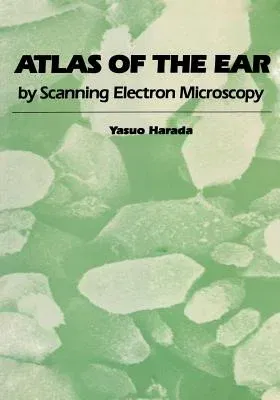Yasuo Harada
(Author)Atlas of the Ear: By Scanning Electron Microscopy (Softcover Reprint of the Original 1st 1983)Paperback - Softcover Reprint of the Original 1st 1983, 2 November 2011

Qty
1
Turbo
Ships in 2 - 3 days
In Stock
Free Delivery
Cash on Delivery
15 Days
Free Returns
Secure Checkout
Print Length
231 pages
Language
English
Publisher
Springer
Date Published
2 Nov 2011
ISBN-10
9400966008
ISBN-13
9789400966000
Description
Product Details
Author:
Book Edition:
Softcover Reprint of the Original 1st 1983
Book Format:
Paperback
Country of Origin:
NL
Date Published:
2 November 2011
Dimensions:
25.4 x
17.78 x
1.3 cm
ISBN-10:
9400966008
ISBN-13:
9789400966000
Language:
English
Location:
Dordrecht
Pages:
231
Publisher:
Weight:
430.91 gm

